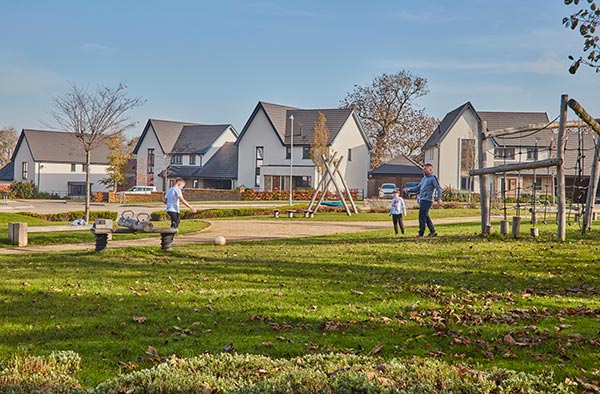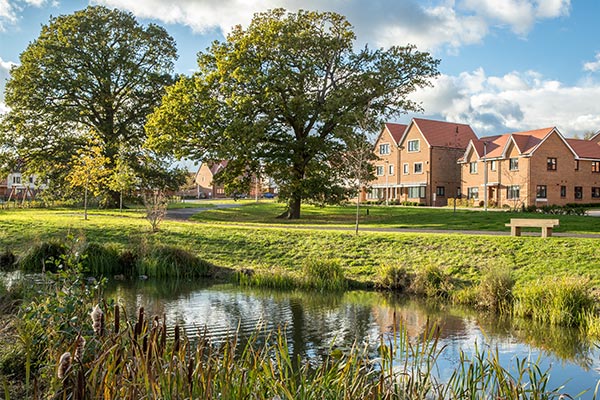Gender Pay Gap Report 2024
- REPORT: DOWNLOAD PDF
CDP Climate Change Disclosure 2024
- REPORT: DOWNLOAD PDF
GHG Limited Assurance Statement 2024
- REPORT: DOWNLOAD PDF
GENDER PAY REPORT 2023
- REPORT: DOWNLOAD PDF
ESG Data Handbook
- REPORT: DOWNLOAD PDF
CDP Climate Change Disclosure 2023
- REPORT: DOWNLOAD PDF
GHG Limited Assurance Statement 2023
- REPORT: DOWNLOAD PDF
GENDER PAY REPORT 2022
- REPORT: DOWNLOAD PDF
GHG Verification Statement 2022
- REPORT: DOWNLOAD PDF
ESG DATA HANDBOOK
- REPORT: DOWNLOAD PDF
CDP CLIMATE CHANGE DISCLOSURE 2022
- REPORT: DOWNLOAD PDF
INVESTOR DISCLOSURE AND INDICES
- REPORT: DOWNLOAD PDF
GENDER PAY REPORT 2021
- REPORT: DOWNLOAD PDF
ESG Data Handbook
- REPORT: DOWNLOAD PDF
GHG VERIFICATION STATEMENT 2021
- REPORT: DOWNLOAD PDF
CARBON DISCLOSURE PROJECT RESPONSE - CLIMATE
- REPORT: DOWNLOAD PDF
CARBON DISCLOSURE PROJECT RESPONSE - CLIMATE
- REPORT: DOWNLOAD PDF
ESG DATA HANDBOOK
- REPORT: DOWNLOAD PDF
GHG VERIFICATION STATEMENT 2020
- REPORT: DOWNLOAD PDF
GENDER PAY REPORT 2019/2020
- REPORT: DOWNLOAD PDF
CARBON DISCLOSURE PROJECT RESPONSE - CLIMATE
- REPORT: DOWNLOAD PDF
CLIMATE CHANGE RISKS AND OPPORTUNITIES 2019
- REPORT: DOWNLOAD PDF
GENDER PAY REPORT 2019
- REPORT: DOWNLOAD PDF
CARBON DISCLOSURE PROJECT RESPONSE - CARBON
- REPORT: DOWNLOAD PDF
CLIMATE CHANGE RISKS & OPPORTUNITIES ASSESSMENT
- REPORT: DOWNLOAD PDF
GHG VERIFICATION STATEMENT 2018
- REPORT: DOWNLOAD PDF
CREST NICHOLSON GENDER PAY REPORT 2018
- REPORT: DOWNLOAD PDF
CARBON DISCLOSURE PROJECT RESPONSE - CARBON
- REPORT: DOWNLOAD PDF
CARBON DISCLOSURE PROJECT RESPONSE - FORESTS
- REPORT: DOWNLOAD PDF
GHG VERIFICATION STATEMENT 2017
- REPORT: DOWNLOAD PDF
CARBON DISCLOSURE PROJECT RESPONSE - CARBON
- REPORT: DOWNLOAD PDF
CARBON DISCLOSURE PROJECT RESPONSE - FORESTS
- REPORT: DOWNLOAD PDF
GHG VERIFICATION STATEMENT 2016
- REPORT: DOWNLOAD PDF





